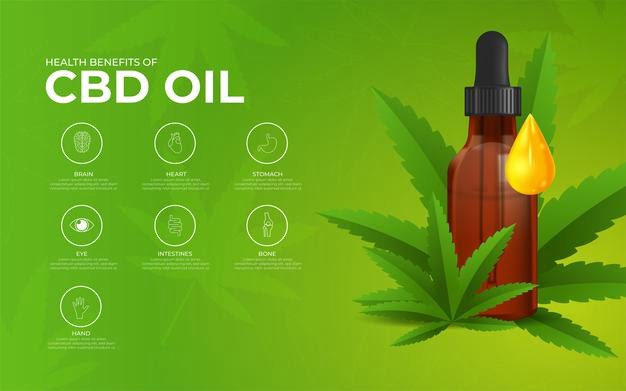
Whenever anyone looks for CBD oil online, one of the first things that websites will advertise is their products‘ strength.
This CBD strength is an indication of the concentration of CBD within the package of CBD oil, but what does this mean? And how is strength measured?
Here is how the top manufacturers out there measure their CBD oil’s strength and potency.
How Is the CBD Strength Measured?
The measurement of strength is an indication of the actual concentration of CBD found within CBD oil. This is usually represented as a percentage or a flat milligram figure, the latter being most common when buying CBD oil in CBD shops online.
When represented as a milligram, this indicates the total amount of CBD found within the entire product. However, when expressed as a percentage, this refers to the amount of CBD relative to the total amount of CBD oil.
So, in a 100ml jar, a 10% solution would mean that there was 10mg of CBD in the entire jar.
This strength is decided upon by each CBD company, and it’s during manufacturing when a specific amount of hemp extract is merged with a carrier oil.
When CBD gets made, it is extracted from hemp plants using a supercritical extraction and then suspended within inert oil. By measuring the weights of both the oil and the CBD, manufactures can make a reasonable calculation of the total amount of CBD found within their final product.
This is how CBD strength is measured, but that isn’t the complete picture; the concentration of CBD within CBD oil isn’t the only factor that governs how potent it is.
What Can Alter the Final Potency of CBD Oil?
The actual amount of CBD within CBD oil isn’t the only thing that needs to be considered when trying to figure out how effective the CBD will be.
The bioavailability of a particular CBD product is the critical gateway determining how potent it will be on a person’s body.
Bioavailability is a measurement used to determine how much of the substance is able to be absorbed by the body and utilized. The body can only use so much of any particular substance, and some are always lost in breaking it down and assimilating it.
A study by Millar et al. for the Journal of Frontiers in Pharmacology found that the bioavailability of smoking CBD-rich hemp was only 31%. That figure might seem incredibly low, but it is one of the very highest bioavailability levels among all of the different ways to imbibe CBD.
While the idea of losing CBD during the process of the body breaking it down might sound distressing, it actually isn’t a problem at all. The strength of CBD oil and other CBD products has been designed with this breakdown and limited bioavailability in mind.
The dosage listed on most CBD oil brands has been carefully calibrated and controlled to ensure that its effects are still felt. Essentially, CBD manufacturers put in more CBD than a person needs because they know not all of it will be used.
But how do we know that they are trustworthy? What is the best way to ascertain the true level of cannabinoids within any CBD oil product?
How To Verify CBD Oil’s Strength?
Though the CBD oil industry is not anywhere near as regulated or controlled as many other supplements of food industries, there is still a great way to learn about the complete ingredient listings of CBD oil products: their lab reports.
Not every brand offers them, but many do provide comprehensive lab reports concerning all of their products.
These lab reports allow users to analyze exactly how many milligrams of each cannabinoid is found within any CBD product. This is useful for seeing if a brand is truthful about its claims, but it can also help keep users safe.
Instead of having to worry about any potential THC, consumers can instead make an informed decision.
Suppose a person lives in a state or country with a particularly low maximum level of THC in their CBD products. In that case, users can investigate the lab reports to verify that they won’t be accidentally buying something with too much THC.
The CBD oil strength and potencies listed on the bottles are usually trustworthy and can be relied upon to tell you what you need to know. But there is no harm in taking a quick check at their lab reports, just to be sure.
Additional Reading:






























